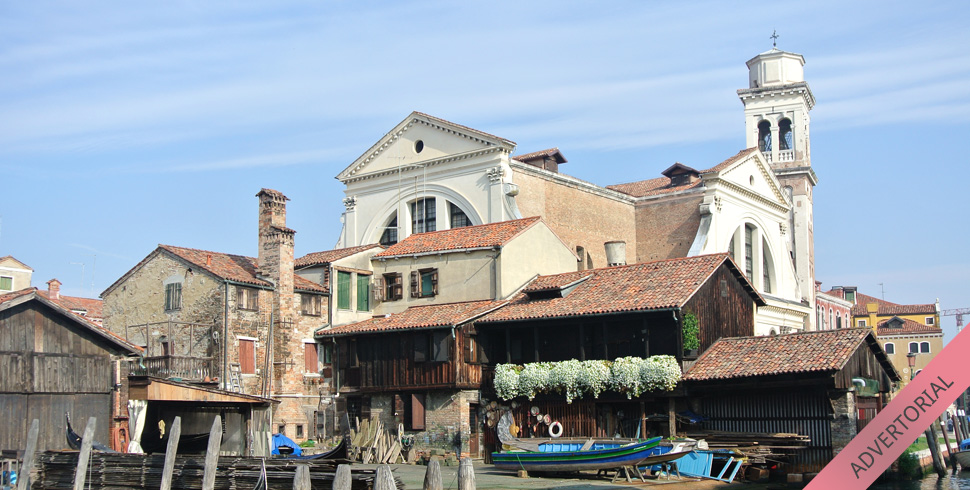
A visit to the lagoon city
Venice is more than Piazza San Marco and Rialto Bridge…
If you want to get to know Venice off the beaten track, you have to leave Piazza San Marco behind you. In the winding streets of the city it gets a little quieter and you can even really enjoy Venice. Of course, when visiting Venice you have to have seen St. Mark’s Square and the Doge’s Palace and have walked over the Rialto Bridge at least once, but to get to know the city from a different, less touristy side, you have to look for the hidden neighborhoods and corners…
The famous gondolas not only sail through the canals of Venice, but are also built there. There are still exactly four gondola yards in the city, one in the Dorsoduro sestiere near San Trovaso, one on the Rio Ognissanti and two more on the Giudecca. The shipyard in San Trovaso can be easily reached on foot and the church of San Trovaso is also well worth seeing. In 1583 the pre-Gothic building collapsed, but was rebuilt a year later. Palladio, by the way, is mentioned as the architect in older documents. The gondola workshop in San Trovaso is inconspicuous and you have to be careful not to walk past carelessly. With a bit of luck, however, you can take a look at real Italian craftsmanship and watch the gondola builders…
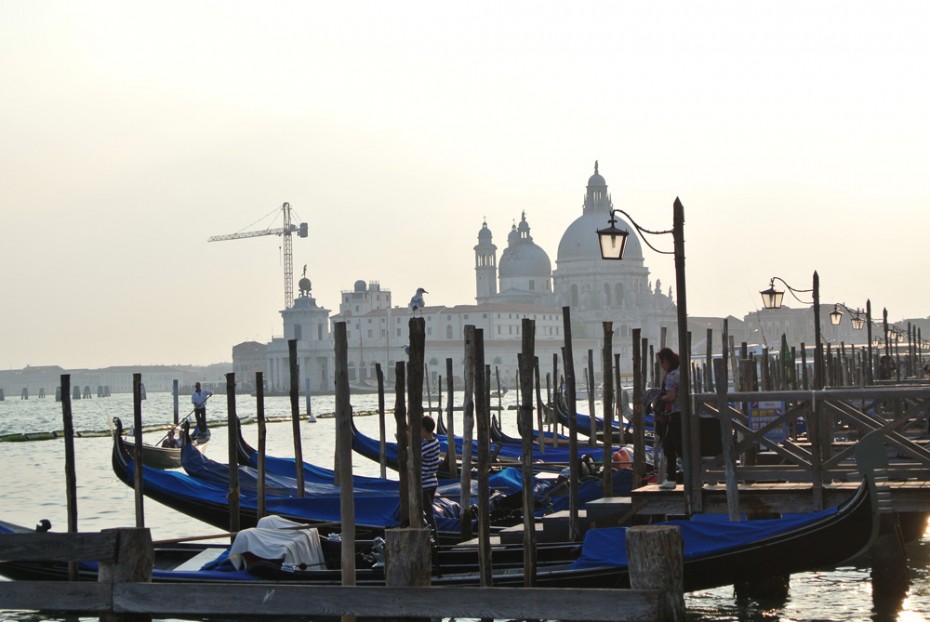
The Jewish ghetto in Venice was, as few people know, the first ghetto in Europe. The Jewish population was forced to live in this segregated part of the city, an isolation that lasted until 1797, the year in which the Republic fell and Napoleon took over. The vaporetto line 1, San Marcuola-Casinò stop, is the best way to get to this part of the city, which is well worth seeing, not least because of its architecture. The Jewish quarter is known for its tower houses, the so-called “case-torri”, which have an unusually high number of floors with extremely low rooms (less than 2 meters).
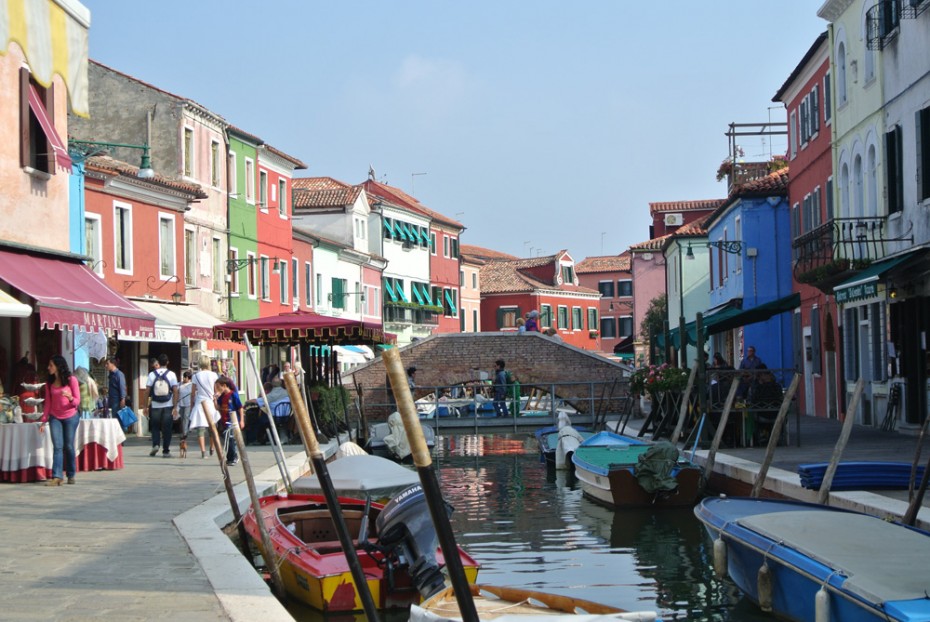
A detour to the island of Burano is also worthwhile. Let the more famous Murano, which is best known for its glassblowing, pass by and continue close to Burano to the island of lacemakers. In addition to the lace, which is made by hand here, the colorful houses of the island are particularly eye-catching. From here you can also reach Torcello, a neighbouring island, which is no longer inhabited, but was the seat of a bishop of Altino between 638 and 1689 and thus quickly gained importance as a centre of politics and trade. The basilica called Santa Maria Assunta is definitely worth a visit. The huge mosaic at the exit, which deals with the theme of the Last Judgement and fills the entire wall in five overlapping zones, is impressive.
Taking a vaporetto to the Lido is also a good idea. Here it is quieter than in the city and you can enjoy a little sun, beach and sea. During the summer months, the beaches of the Lido are the preferred destination of Venetians. At the end of August or At the beginning of September, the Lido attracts famous audiences as part of the Venice Film Festival. The historic Palazzo del Cinema is the main venue.
Even if the Venetians are sometimes a bit annoyed by the many tourists who flock to their city, you feel welcome in the lagoon city. Especially if you speak a few words of Italian, the Venetians thaw quickly. If you are interested, you can book language travel to Italy through language travel agencies that have a lot of experience in planning and organizing language stays. For all those who are interested in a language course, www.esl.ch/de is a good address.


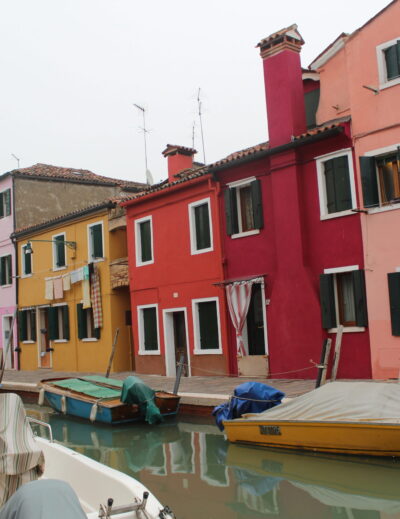
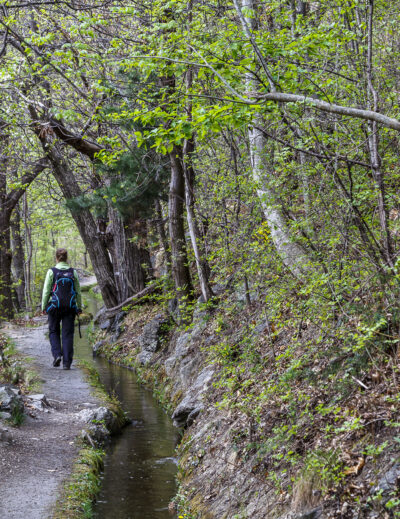
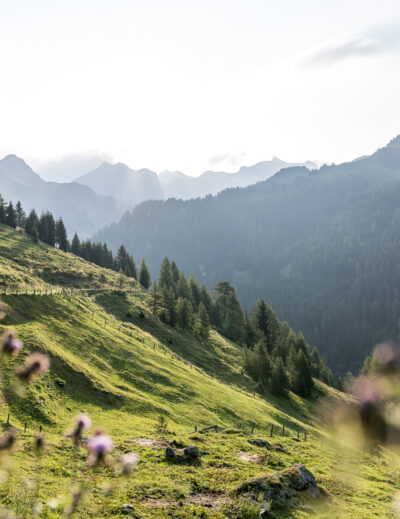
Leave a Reply